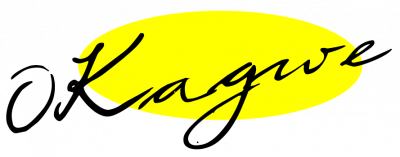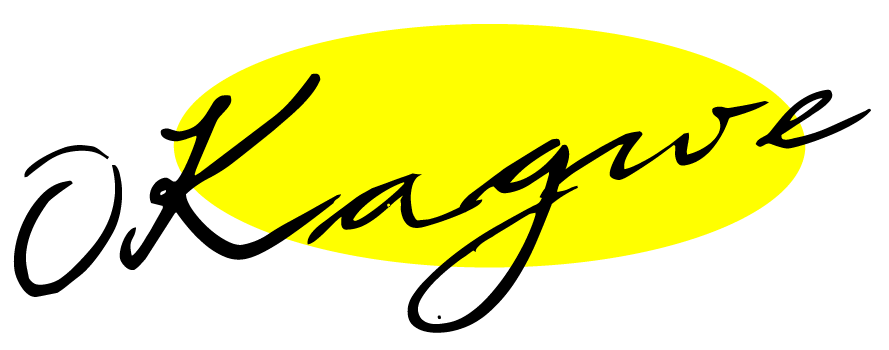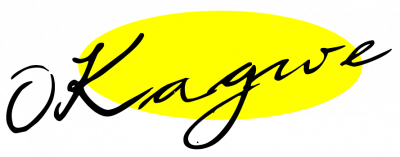The term “underrepresented communities” refers to groups of people who have historically been marginalised and are often given less visibility, opportunity, or representation in various aspects of society compared to other groups. This can include economic, social, political, and cultural dimensions. These communities may be defined by a variety of factors such as race, ethnicity, gender, sexual orientation, socio-economic status, disability, and geographical location, among others. The underrepresentation can lead to disparities in access to resources, opportunities, and influence, often necessitating targeted support and policies to address these inequities.
While on a bodaboda today, it occurred to me that I may have been understanding underrepresentation wrong. My initial understanding was you are either represented (included) or underrepresented (excluded). It is women vs men, rural vs urban, minorities vs majorities and so on. As a result, my thinking around this issue has also been dualistic, with a “this” and/or a “that”.
I think we have all accepted this approach for two main reasons: firstly, when we were born, we found people sorting things into 2 big boxes, as in either good or bad, hot or cold, dangerous or safe, winner or loser, heaven or hell. In very few circumstances do we consider the in-betweens. Secondly, our brains will inherently choose the least energy consuming way to process information. So it is easier to deal with these definitive categories than it is to regard the mess occurring in the middle.
My problem with this approach is that we lose details and we may end up missing important information. The extremes might exhibit strong similarities, but the in-betweens might be the semicolons affecting the entire code.
A NEW APPROACH TO UNDERREPRESENTATION.
I suggest a spectrum approach to the underrepresentation conversation. It recognises that within any group, things are not either or. There are degrees of visibility and influence. It considers the complex intersections that influence the degree to which an underrepresented person actually is. As I was trying to find words to express this idea, I sought the help of ChatGTP. I asked for its opinion on the approach and I found that it brought it out quite well:
“Your spectrum-based theory is reflective of more contemporary approaches in social sciences that push for an understanding of social issues through the lens of intersectionality and multiplicity. This approach is beneficial in crafting more nuanced policies, designing inclusive programs, and understanding the layered experiences of different groups within the social fabric. Here’s how this perspective adds depth to the understanding of underrepresentation:
- Complex Intersections: Your theory acknowledges that individuals may experience varying degrees of representation based on multiple intersecting factors, such as their economic status, education, ethnicity, and more. For example, an urban, middle-class woman might have different representational visibility compared to a rural, poor woman, even though both are women.
- Fluidity and Context: Representation can be fluid, changing based on context and over time. A group that is well-represented in one context (e.g., local government) might be underrepresented in another (e.g., national leadership).
- Gradations Within Groups: Even within broadly defined categories of represented or underrepresented groups, there are gradations. For instance, within “rural communities,” there could be significant variations based on the type of rural setting, local industries, and demographic compositions.
- Integrative Approaches to Policy and Strategy: Viewing underrepresentation as a spectrum allows for more tailored and effective strategies to enhance equity. Policies can be designed with a finer understanding of who benefits, who is left out, and the subtle dynamics that influence these outcomes.”
Also Read: Wakenya
Further to this thought, if you think about it, we are all underrepresented. In our world today, the political, theological or super wealthy business classes make decisions at the exclusion of everyone else. They influence who gets into political offices, which laws pass, how justice is served, how the government runs, how various industries run, how business shall be conducted, what news we consume, what we can say or cannot say among other things.
Imagine a circle with a locus and rings expanding outwards from it. Or the structure of the earth. The inner core represents “the deep state”, the outer core politicians and everyone else is distributed in the mantle and the crust. The innermost rings are the smallest but control most of the power. The outermost rings are the largest and farthest away from power and decisions. From a social lens, women, girls, youth and rural communities are some of the people on the fringes.
Without discounting the prevailing view of underrepresentation, this continuum perspective more nuanced. It is more representative of reality and promotes a deeper understanding of inclusion and exclusion. These are just formative thoughts. I will continue to expand as I have conversations around it.
I would love to know what your thoughts around these are. Put them on the comments below.


